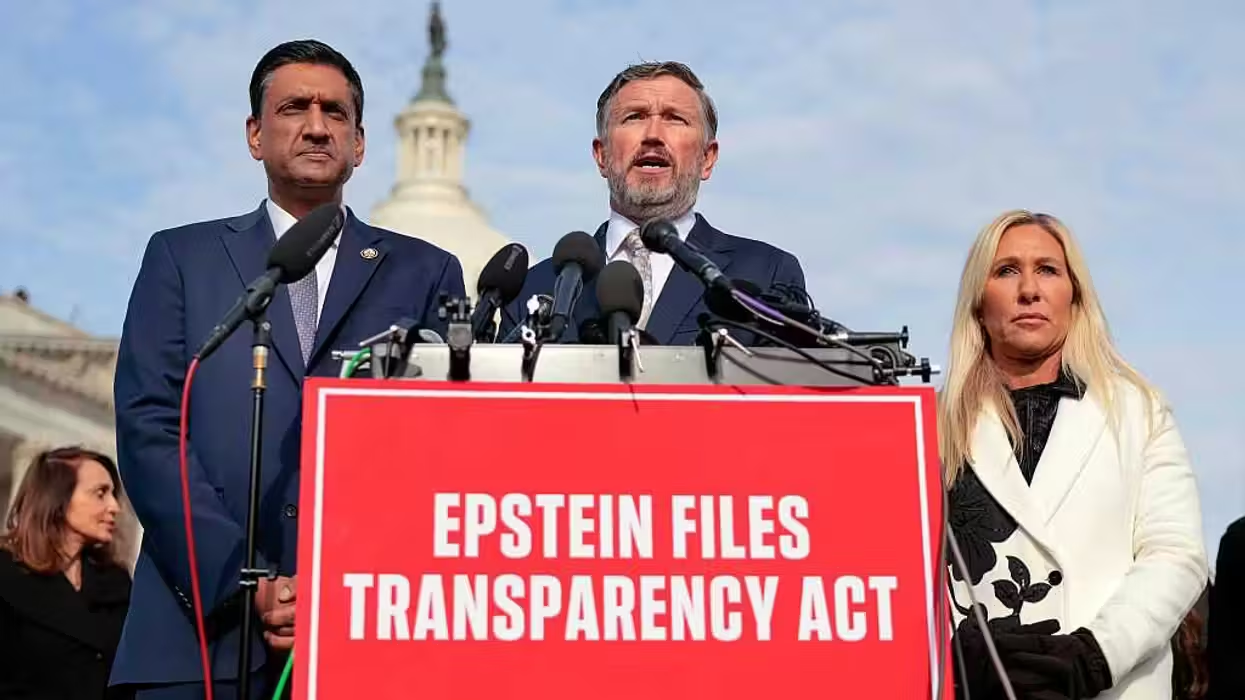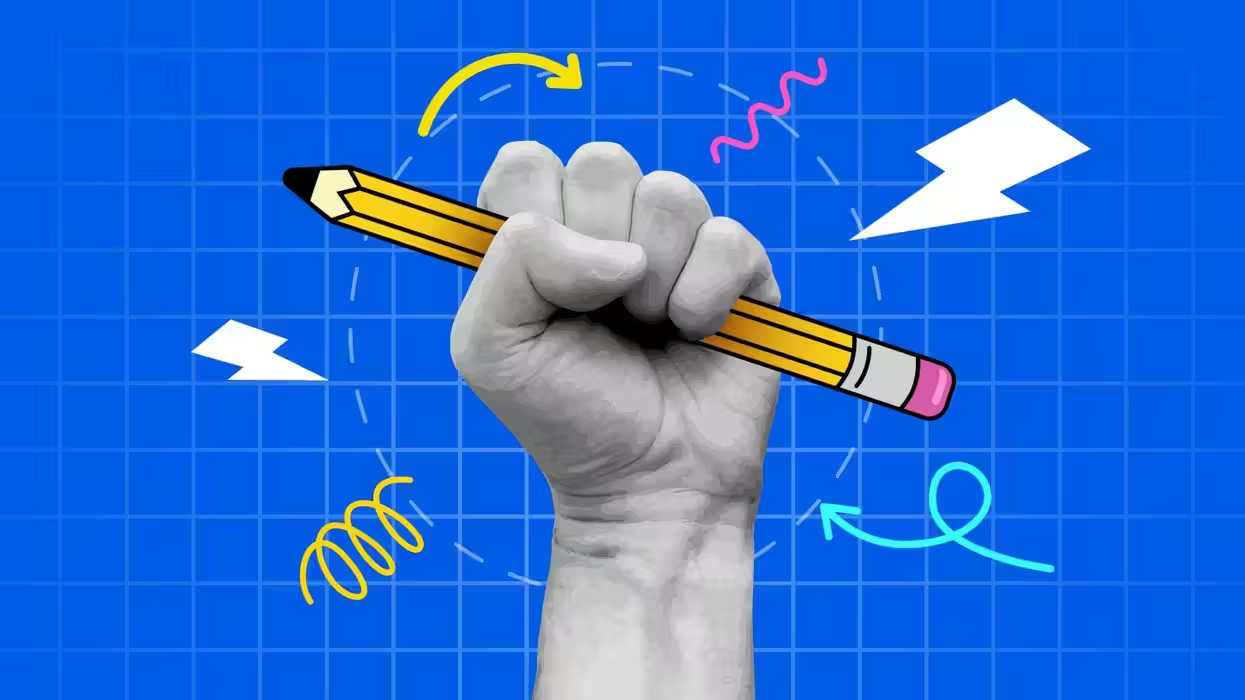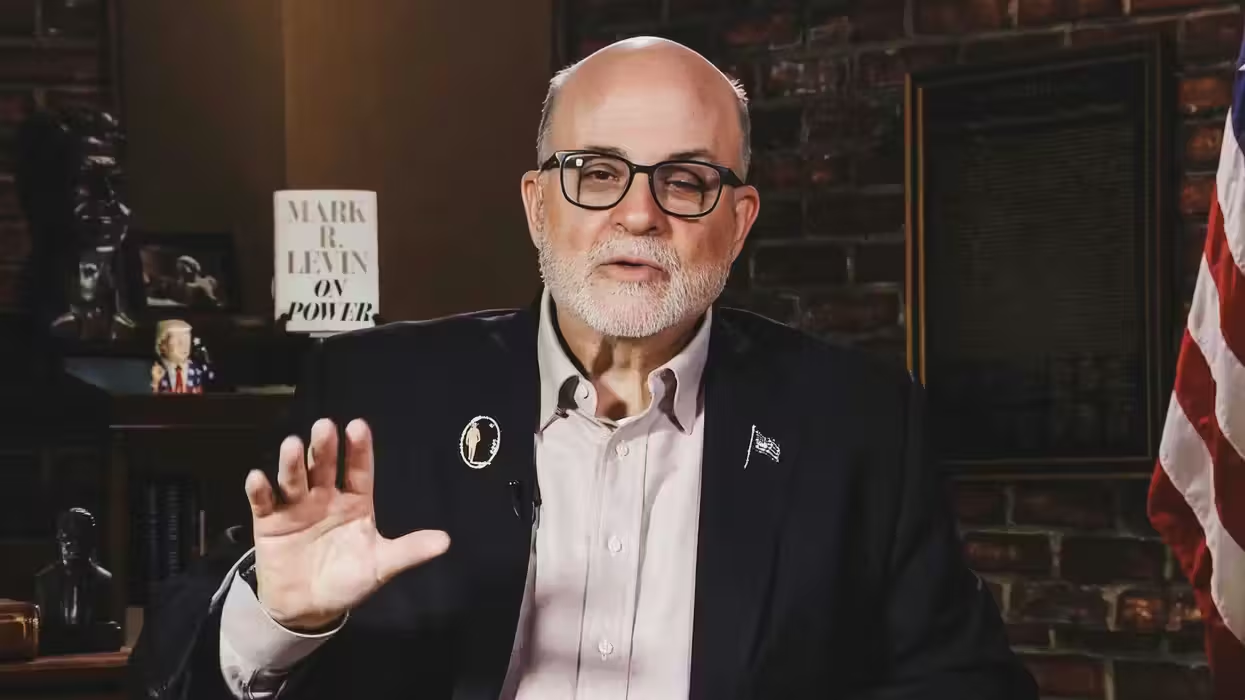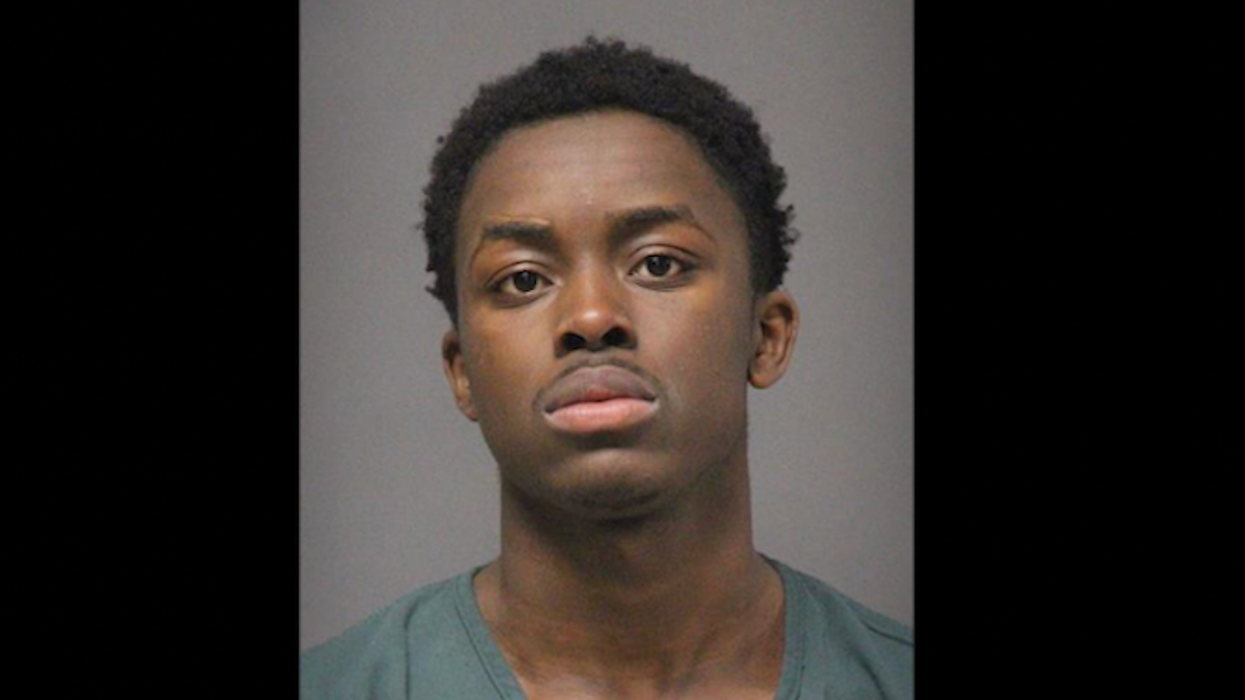By now, you're probably aware of the fact that, effective Feb. 28, Pope Benedict XVI will be leaving his post as the head of the Catholic Church. You've probably also heard that something called a "conclave" is planned before the end of March. Considering the complex process of electing a new pope -- and taking into account the historic nature of Benedict's resignation (he's the first pope to willingly step down in 600 years) -- TheBlaze has put together a brief description of this conclave and the process that is set to unfold.
Selecting a new pope is a secretive, complex and traditional undertaking; the historical roots date back to the church's founding. Over the past 100 years, papal elections have been held in the Vatican's Sistine Chapel, where the cardinals gather to choose a new leader. According to the rules, the conclave of cardinals must converge 15 to 20 days after Benedict's resignation date.
Once assembled, these men are entirely cut off from the Internet, telephones, television and other modes of communication, as they weigh the odds and make the ever-important decision surrounding who will be next in line to lead the Catholic Church (the next pope will be the church's 266th leader).
The cardinals sleep and eat inside the Domus Sanctae Marthae (Saint Martha's House), where they each have their own bedroom, complete with a bathroom. The process is entirely closed to those beyond the men in attendance, with each cardinal taking an oath of secrecy. Despite the closely-guarded process, around 70 others are allowed inside the compound, including doctors, cooks and others who tend to the needs of these religious men.
The voting process is a fascinating one, as those eligible to cast ballots are cardinals under the age of 80 at the time of a pope's death (no more than 120 cardinals may vote). But because Benedict did not pass away, there are some questions surrounding whether he will be involved in the selection of a replacement. While Benedict isn't a cardinal, he's 85-years-old and exceeds the age requirement that cardinals are held to. However, the historic nature of his decision to step down leaves many questions surrounding how, if at all, he will be included.
 Pope Benedict XVI (L) stands near the relic of Pope Celestine V after covering it with a stole during his papal visit at St Maria of Collemaggio church collapsed on April 6 after the earthquake in L'Aquila, on April 28, 2009. Credit: AFP/Getty Images
Pope Benedict XVI (L) stands near the relic of Pope Celestine V after covering it with a stole during his papal visit at St Maria of Collemaggio church collapsed on April 6 after the earthquake in L'Aquila, on April 28, 2009. Credit: AFP/Getty Images
While at Saint Martha's House, the cardinals cast secret votes each day -- two in the morning and two in the afternoon. The men write their selections on a rectangular card and submit them for consideration. In order for one of the nominees to be selected as pope, he must get two-thirds of the votes.
Smoke signals are released above the Sistine Chapel to inform the public about whether a pope has been elected each day. If a new leader is chosen, the smoke is white; if not, black smoke is released. Bells are also rung in the event of a pope's selection in an effort to avoid potential confusion over the color of smoke being emitted.
Encyclopedia Britannica provides more details about this indicate process:
The cardinals vote by secret ballot in the Sistine Chapel (also a part of the Vatican palace) until a candidate is selected. One ballot is held on the first day of the conclave and four on each subsequent day, two in the morning and two in the afternoon. Immediately after the count, the ballots and all related notes are burned in a stove in the chapel, and the colour of the smoke passing from a pipe through the roof enables the crowd assembled in St. Peter’s Square to know how the voting has gone: when no candidate receives the required majority, the smoke is black; if a new pope has been elected, the smoke is white. Wet and dry straw were originally mixed with the ballots to produce the black or white smoke, but today chemicals are used to ensure the right colour. Still, even with the additives and depending on weather conditions, the smoke’s colour can be difficult to discern. One of the most notorious examples of this difficulty, occurring after the election of John Paul II in 1978, inspired a further reform in the process: in 2005 the bells of St. Peter’s Basilica were rung to confirm for the first time that the smoke was white and that a new pope had been elected.
 Pope Benedict XVI waves at the faithful as he leaves Saint Lawrence in Piscibus church after celebrating a mass at the International Youth Centre in Rome March 9, 2008. Celebrating the Angelus Sunday prayer later from his balcony overlooking St Peter's Square, the pontiff called on Israelis and Palestinians to negotiate for peace, condemning a surge of violence in the region as part of a 'spiral of destruction'. Credit: AFP/Getty Images
Pope Benedict XVI waves at the faithful as he leaves Saint Lawrence in Piscibus church after celebrating a mass at the International Youth Centre in Rome March 9, 2008. Celebrating the Angelus Sunday prayer later from his balcony overlooking St Peter's Square, the pontiff called on Israelis and Palestinians to negotiate for peace, condemning a surge of violence in the region as part of a 'spiral of destruction'. Credit: AFP/Getty Images
As far as the nominees go, technically any Catholic male who is baptized and not married is eligible to be pope. However, traditionally (over the past 1,000 years) a cardinal is chosen. In fact, this has been the pattern followed since 1378.
Once a new pope is selected, the Associated Press notes that he will be introduced from the loggia overlooking St. Peter's Square. The words "Habemus Papam!" are uttered ("We have a pope!" in Latin) and the new leader gives his first blessing.
For more about this fascinating history and process, visit Encyclopedia Britannica.
--
Related:

 Pope Benedict XVI (L) stands near the relic of Pope Celestine V after covering it with a stole during his papal visit at St Maria of Collemaggio church collapsed on April 6 after the earthquake in L'Aquila, on April 28, 2009.
Pope Benedict XVI (L) stands near the relic of Pope Celestine V after covering it with a stole during his papal visit at St Maria of Collemaggio church collapsed on April 6 after the earthquake in L'Aquila, on April 28, 2009. 





